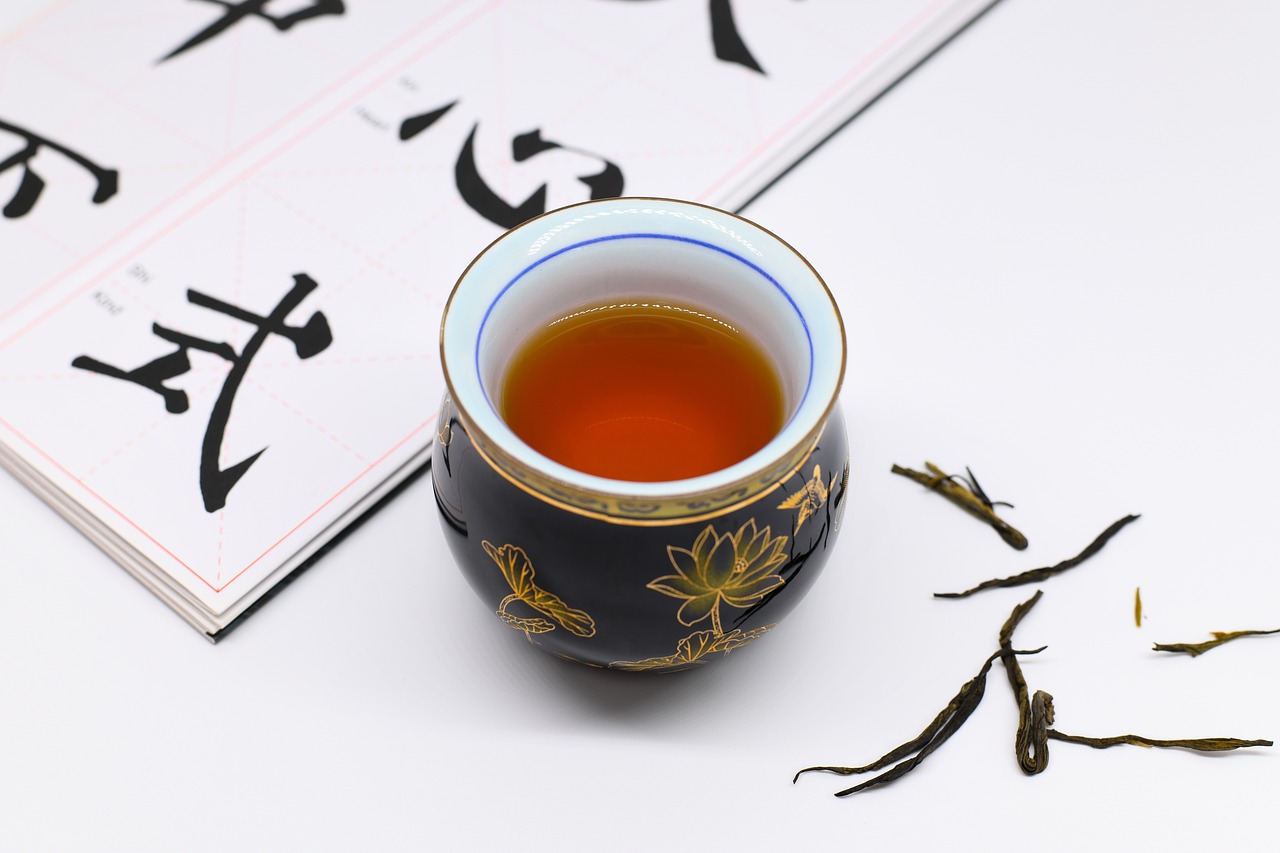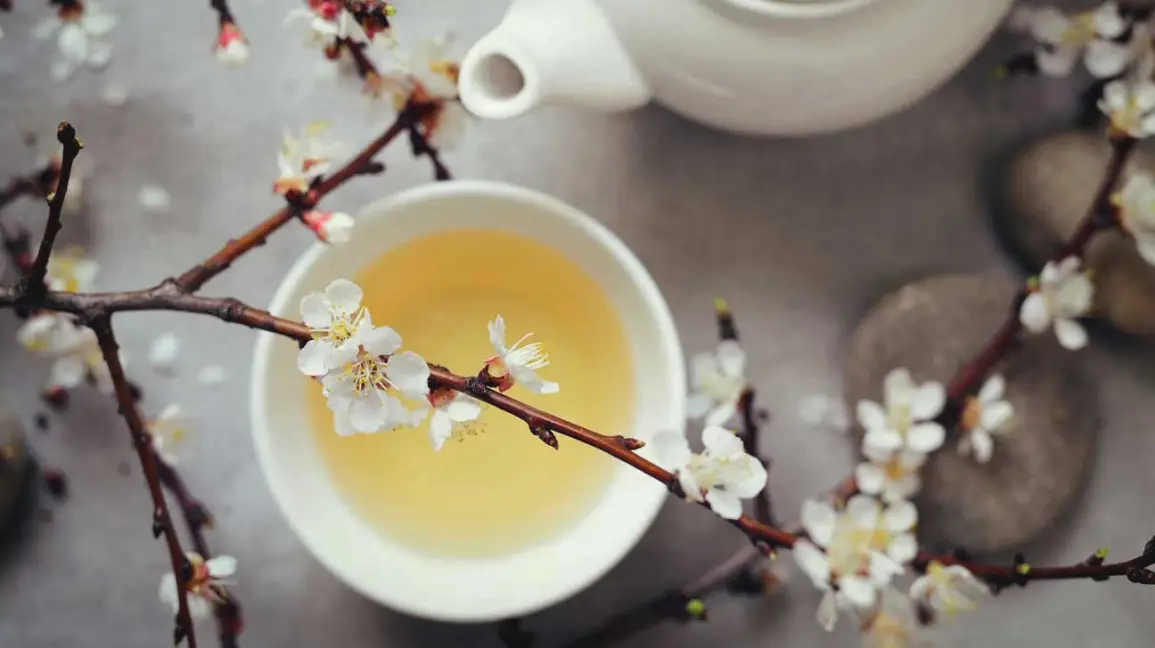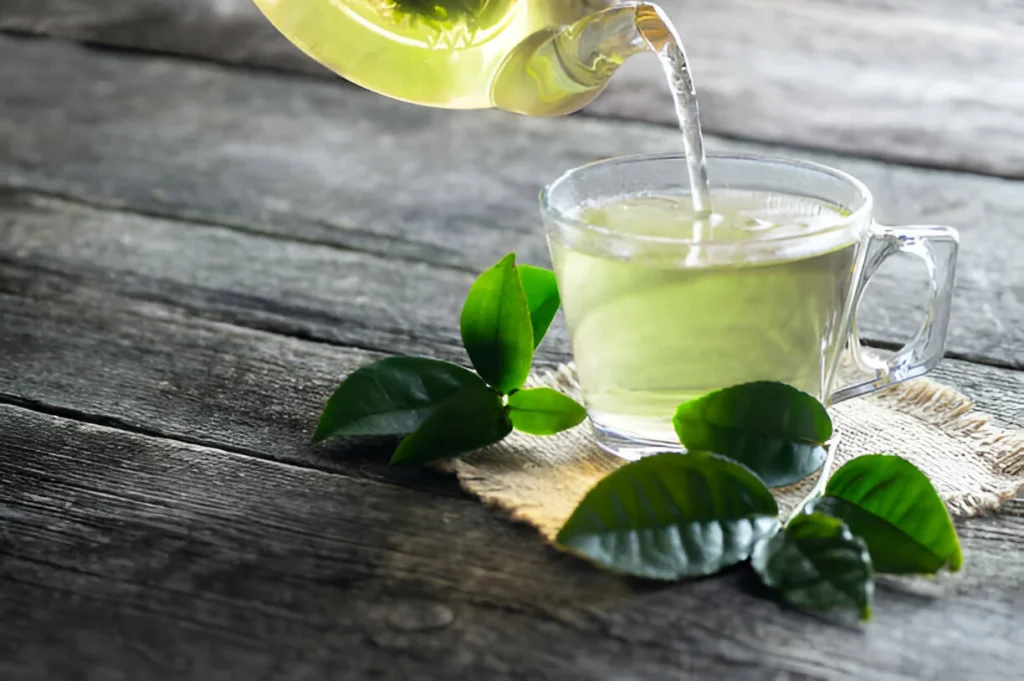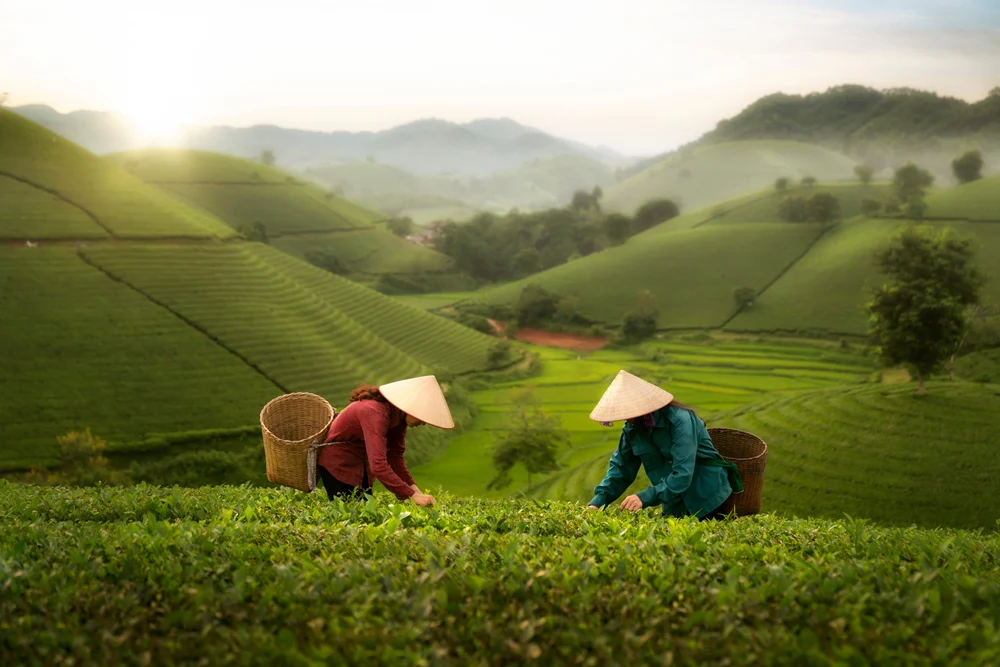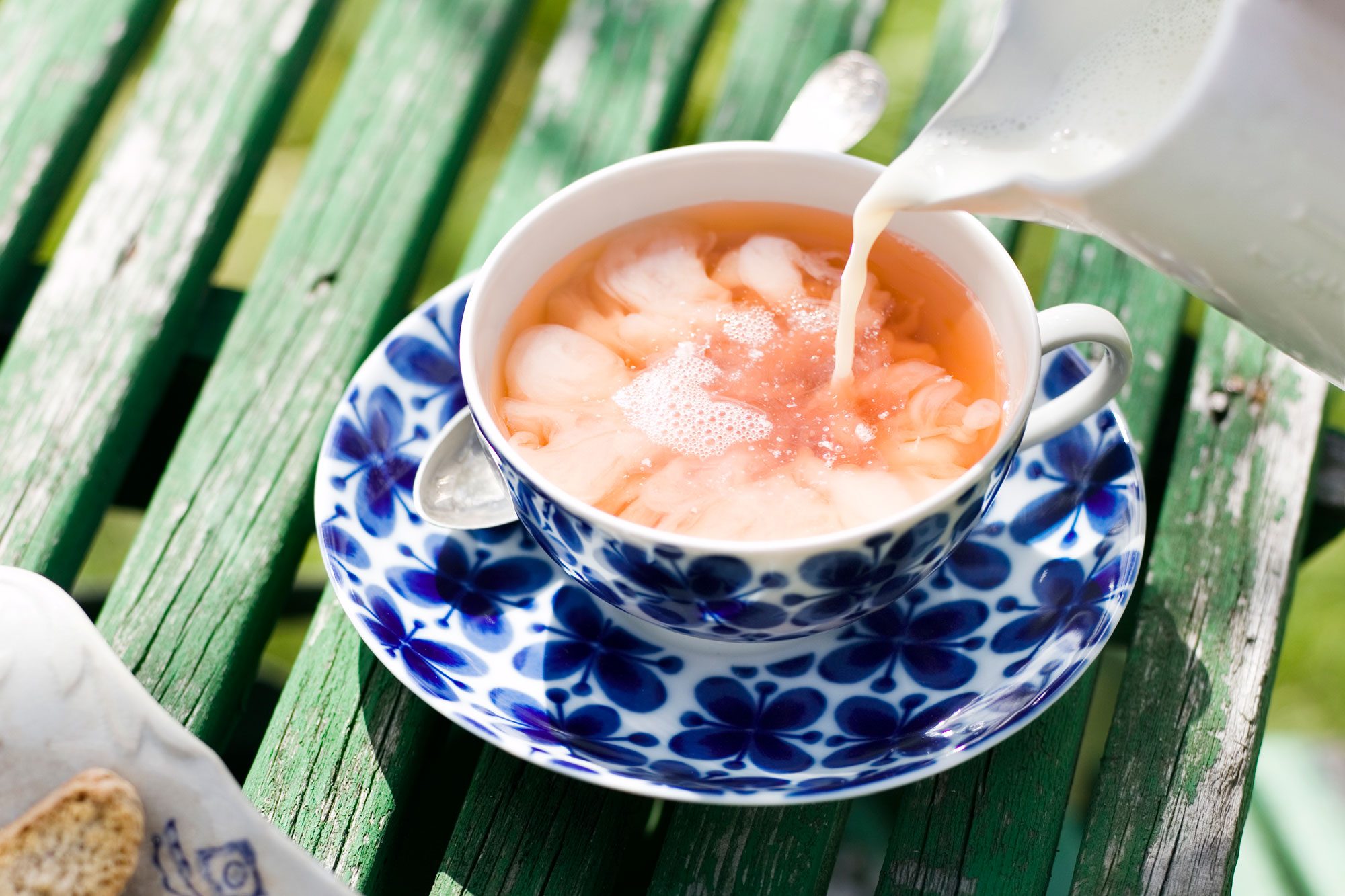Pu-erh tea, a unique fermented tea from China’s Yunnan province, undergoes a complex aging process that enhances its flavor profile over time, drawing parallels to the maturation of fine wines. This paper explores the biochemical transformations during Pu-erh tea aging, the factors influencing its quality, and the sensory characteristics that develop, comparing these aspects to the aging processes in enology.
Introduction
The aging of beverages to improve flavor and complexity is a practice well-established in both tea and wine cultures. Pu-erh tea, particularly, is renowned for its capacity to develop richer flavors with age, akin to fine wines. This study aims to elucidate the mechanisms behind Pu-erh tea’s aging process and its impact on flavor, drawing comparisons to wine maturation.
Biochemical Processes in Pu-erh Tea Aging
Pu-erh tea’s aging involves microbial fermentation and oxidation. Microorganisms such as Aspergillus spp. and Penicillium spp. play crucial roles in transforming polyphenols and other compounds, leading to the development of unique flavors and aromas. These microbial activities are influenced by factors like humidity, temperature, and storage conditions.
Factors Influencing Aging Quality
Several factors affect the quality of aged Pu-erh tea:
- Leaf Quality: High-quality leaves from ancient tea trees are preferred for aging due to their rich chemical composition. Tea Storyteller
- Compression and Shape: The degree of compression and shape of the tea cake influence the aging rate, with looser compression allowing for better air circulation and microbial activity. Wikipedia
- Storage Conditions: Controlled humidity and temperature are vital. Excessive moisture can lead to mold growth, while too little can halt the aging process. Path of Chaos
Sensory Development Over Time
As Pu-erh tea ages, it transitions from astringent and bitter notes to smoother, more complex flavors, including earthy, woody, and sometimes sweet undertones. This evolution is comparable to the flavor development in aged wines, where tannins soften, and new flavor compounds emerge.
Comparative Analysis with Wine Aging
Both Pu-erh tea and wine undergo fermentation and benefit from aging, but the processes differ:
- Microbial Activity: While both involve microbial fermentation, Pu-erh’s aging relies on post-fermentation by environmental microbes, whereas wine fermentation is typically controlled and completed before aging.
- Storage Influence: Wine aging is heavily influenced by the type of barrel used, which imparts specific flavors, whereas Pu-erh’s flavor development is more dependent on environmental factors and microbial activity.
Conclusion
The aging of Pu-erh tea shares similarities with wine maturation, particularly in the development of complex flavors over time. Understanding these processes enhances appreciation and guides proper storage to achieve desired flavor profiles. Further research into the specific microbial communities involved could provide deeper insights into optimizing aging conditions for both Pu-erh tea and fine wines.
